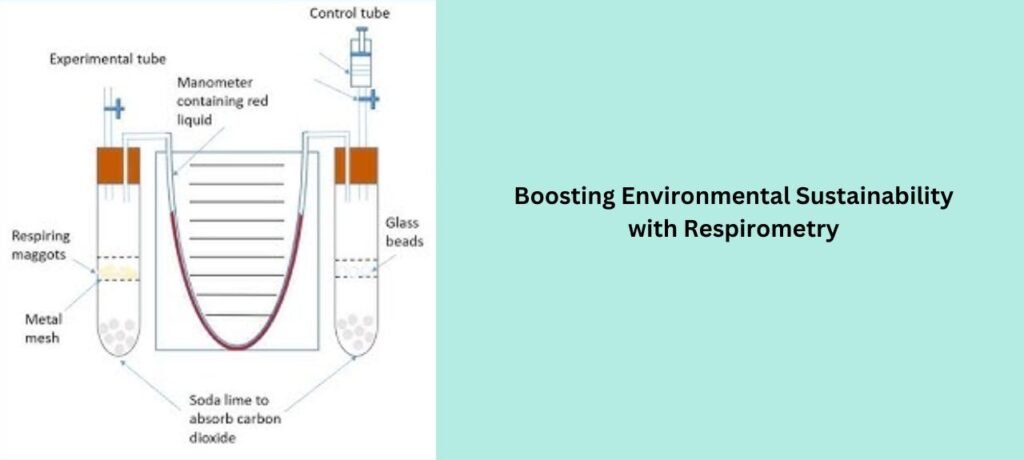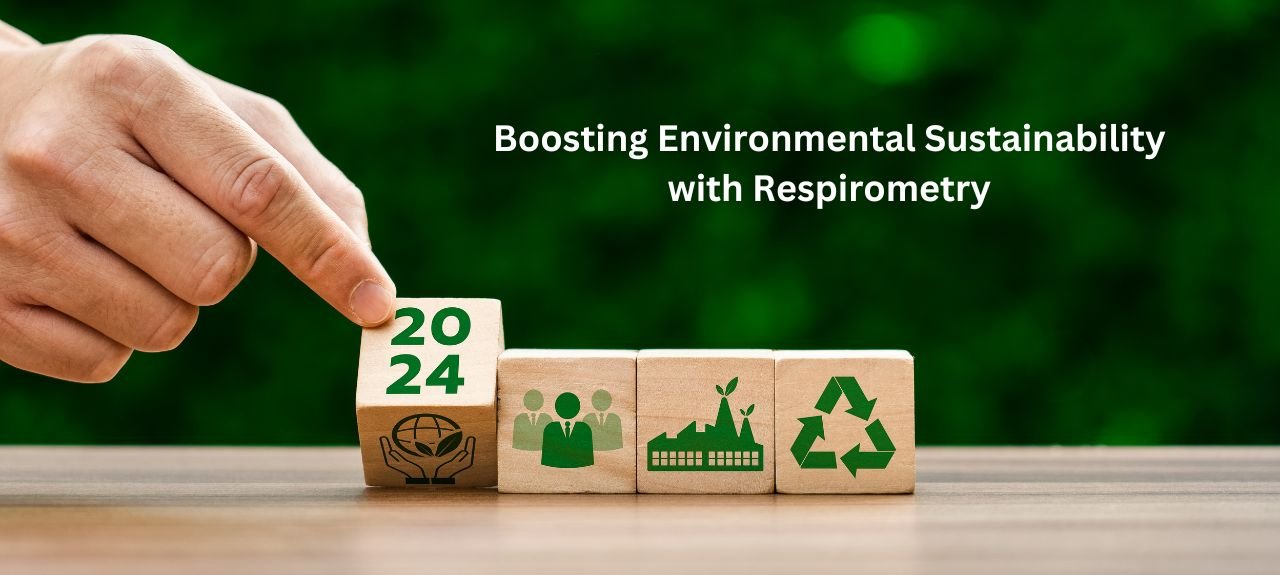Respirometry is a scientific method for measuring a living organism’s respiration rate. This technique quantifies the amount of oxygen consumed and carbon dioxide produced, thus providing insights into organisms’ metabolic rates. It’s an essential tool in environmental biology, where monitoring microbial activity is crucial for assessing ecosystem health. Its significance extends beyond academia; its practical applications in various industries make it indispensable. By comprehending these respiration processes, scientists and environmental professionals may make well-informed decisions that affect local and global ecosystems.

Importance in Environmental Monitoring
Environmental sustainability heavily relies on accurate monitoring of microbial processes. Respirometry plays a vital role in this domain, offering highly reliable data indicating the presence of pollutants or the effectiveness of waste decomposition processes. This technique quantitatively measures microbial respiration, allowing for precise environmental health assessments. For instance, high respiration rates in a polluted water body can indicate microbial activity breaking down contaminants, while low rates may signal that the ecosystem is under stress.
Role in Waste Management
Optimizing Composting
Comprehensive waste management involves a deep understanding of the intricate biological decomposition processes. Respirometry, a sophisticated scientific technique, enables researchers and industry professionals to closely monitor and analyze the biological consumption of organic matter present in various types of waste. This in-depth understanding is invaluable for informing and implementing effective strategies to optimize composting operations and landfill management, ultimately leading to a more efficient breakdown of organic waste materials.
By employing this technique, experts can accurately measure microbial respiration rates, facilitating the adjustment of crucial factors such as aeration and moisture content. This fine-tuning maximizes efficiency and acceleration of composting processes, resulting in faster and more effective decomposition of organic waste materials.
Landfill Management
Landfills are often considered the last resort in waste management. However, the processes that occur within them are complex and can be optimized with the help of respirometry. By measuring the microbial activity in landfills, it’s possible to enhance the degradation of waste, making the management process more sustainable and less harmful to the environment. This reduces the amount of garbage produced and the amount of toxic gasses, like methane, released into the atmosphere, which helps lower greenhouse gas emissions.
Applications in Pollution Control
Bioremediation Strategies
Industrial pollution poses a significant threat to natural ecosystems. By employing respirometry, experts can monitor the impact of pollutants on microbial activity. This can help develop bioremediation strategies, where microbes are used to break down pollutants, thereby restoring the natural balance of ecosystems. For instance, studies by the EPA have utilized respirometry to gauge the efficacy of various bioremediation techniques. These measures are particularly effective in sites contaminated with heavy metals or hydrocarbons, where microbial activity can significantly reduce pollutant concentrations over time.
Water Quality Management
Various pollutants, besides soil pollution, affect water bodies. Respirometry can help manage water quality by monitoring dissolved oxygen levels to ensure they suit aquatic life. Microbial respiration measurements can provide early warnings of deteriorating water quality, allowing for timely interventions to mitigate the impact of pollutants. This is particularly important for the health of marine ecosystems, where oxygen levels directly affect biodiversity and overall ecosystem health.
Research Applications
In research, respirometry is invaluable for studying various biochemical and physiological processes. Scientists can better understand metabolic pathways and their implications for growth, adaptation, and survival by examining how different organisms respire. This data is crucial for advancing our knowledge of microbiology, ecology, and environmental science. The knowledge gathered from these investigations has the potential to revolutionize our understanding of ecosystem dynamics and function, making conservation and sustainability initiatives more successful.
Industrial Applications
Wastewater Treatment
Beyond research, respirometry has practical applications in several industries. For example, this technique helps optimize treatment processes by monitoring the biological oxygen demand in wastewater treatment. It ensures that the microbial communities are functioning effectively, thus facilitating the efficient breakdown of organic pollutants. This not only enhances the purification process but also reduces operational costs. By continuously tracking microbial respiration, treatment plants can adjust parameters in real time, thus maintaining optimal conditions for waste degradation.
Pharmaceutical Industry
The pharmaceutical industry also benefits from respirometry. By studying the respiration of microbial cultures, researchers can optimize the conditions for producing antibiotics and other microbial-derived products. This ensures higher yields and better-quality products, contributing to advancements in healthcare. Additionally, respirometry helps in understanding the metabolic pathways of pathogens, potentially leading to the development of new and more effective drugs.
Challenges and Future Directions
Despite its benefits, respirometry has challenges. Accurate measurements require precise control of experimental conditions and sophisticated equipment. Future advancements aim to enhance the sensitivity and accuracy of respirometric techniques, making them more accessible for widespread environmental and industrial use. As technology evolves, developing portable and user-friendly respirometers could revolutionize field studies and on-site monitoring, allowing for more comprehensive and real-time data collection. Additionally, integrating this technique with other analytical methods could provide even deeper insights into microbial processes, enhancing its utility in various applications.
Conclusion
The field of respirometry is a valuable and versatile tool for individuals and organizations dedicated to promoting environmental sustainability. It allows us to gain insights into microbial activity, enabling researchers and professionals to make well-informed decisions that protect and improve our ecosystems.
With ongoing technological advancements, it is expected to broaden its applications, providing even more effective solutions for environmental challenges. The continued integration of this innovative technique across different industries holds excellent potential for facilitating a more sustainable future where scientific progress leads to substantial enhancements in environmental health and resource management.






